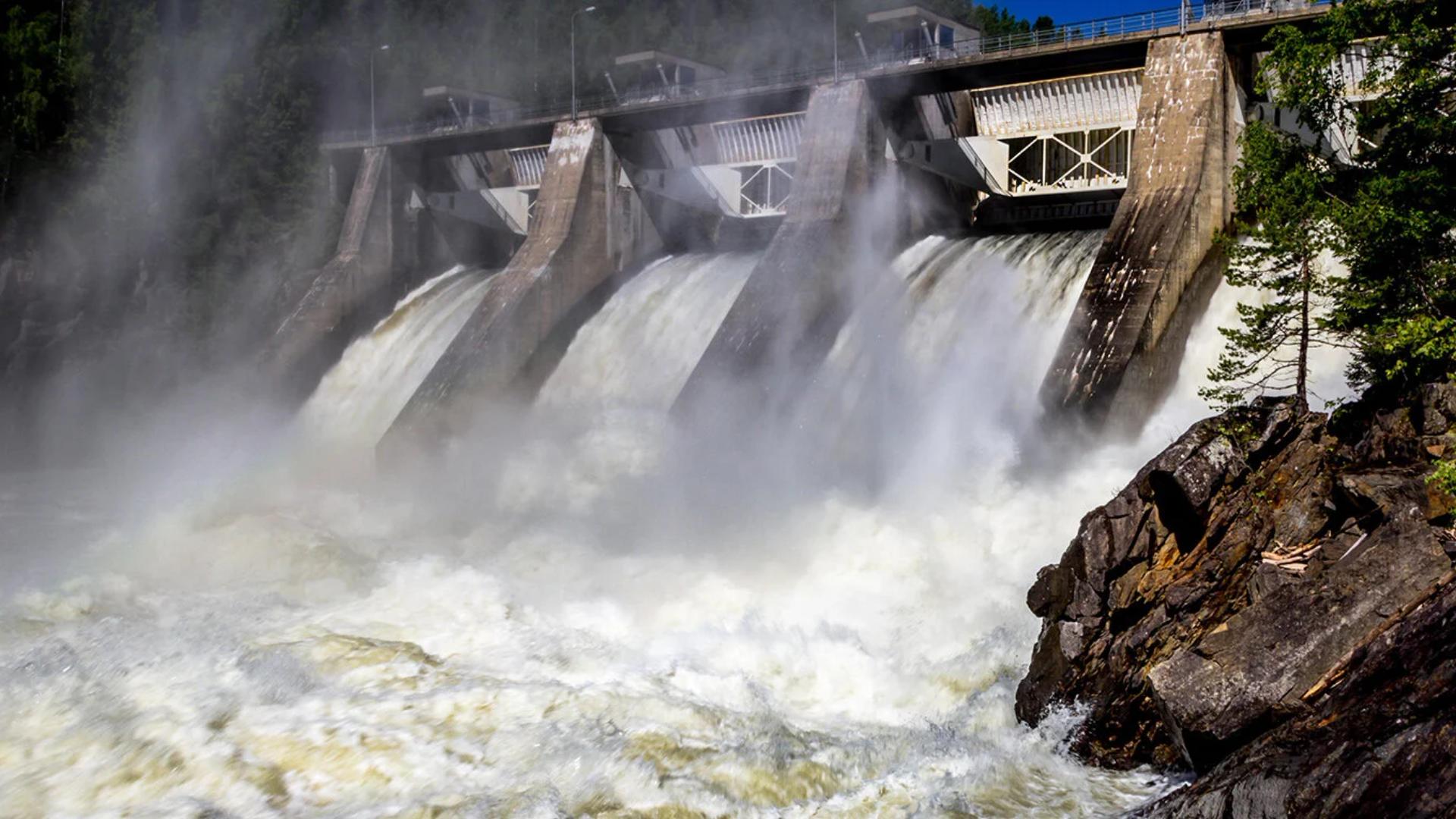Renewable energy flows through Norway

Renewable energy sources have one thing in common: zero or minimal greenhouse gas emissions. More power generation based on renewables is therefore essential to achieving the targets of the Paris Agreement.
Since the end of the 1800s, Norway has generated most of its electricity from eco-friendly hydropower. The same holds true today.
Even though hydropower is dominant, Norwegian companies are pioneering technologies in other areas, including solar power, floating offshore wind and energy storage.
Below is a brief overview of the Norwegian renewables landscape.
Largest hydropower nation in Europe
Norway is the seventh largest hydropower nation in the world – and the largest in Europe. There are vast water resources spread throughout the country, which have laid the foundation for electricity supply and industrialisation in the cities and outlying districts alike. Today, 96 per cent of Norwegian hydropower production is concentrated at 1 500 plants dotting the country from north to south. These cover roughly 60 per cent of Norway’s energy needs.
Companies like Malthe Winje Infrapower and Tinfos have used Norwegian hydropower know-how to design low-impact, run-of-river plants. These plants do not require the building of dams, providing inexpensive, clean energy to rural communities.
Onshore wind and floating offshore wind
Onshore wind is one of the most important renewable technologies worldwide. Although wind power production comprises only a small segment of Norway’s renewable energy production, developments have come fast.
After nearly five years of construction, Fosen Vind – Europe’s largest onshore wind power facility – came online in 2021. Two hundred and seventy wind turbines are now generating enough electricity to power all industrial production in Trøndelag county, one of Norway’s main industrial regions.
Offshore wind, meanwhile, is becoming even more attractive as efficiency increases and costs come down. This is particularly true for floating offshore wind, as floating foundations allow access to deep waters, where an estimated 80 per cent of the ocean’s resource potential is found.
Equinor is the world’s leading floating offshore wind developer. In October 2017, the company opened Hywind Scotland, the world’s first floating offshore wind farm, which now supplies electricity to about 36 000 British households. Equinor will be building Hywind Tampen, the world’s first floating offshore wind farm to power oil and gas platforms. With its 11 (8 MW) wind turbines, it will be the largest floating wind project in the world, reducing annual CO₂ emissions by around 200 000 metric tons.

Floating solar
Although solar energy is clean and nearly inexhaustible, building solar farms requires vast areas of land. This makes it difficult to build solar power plants near cities, where there is often a lack of space. Generating solar energy on the water may be the solution to this problem.
Moreover, Norwegian and other energy companies that build hydropower plants around the world can increase their production by using hydropower reservoirs to generate power with floating solar. These companies have the advantage of having transmission infrastructure already in place.
Ocean Sun is one of the Norwegian companies specialising in floating solar. The company has developed a patented solution consisting of silicon solar modules installed on large floating structures, inspired by the aquaculture industry. Ocean Sun will be delivering a floating solar plant for Statkraft’s Banja reservoir in Albania.
One of the challenges of floating solar is to determine the best site and how the installation should be constructed, moored and anchored based on sufficient site-specific data. The Norwegian company Glint Solar helps to solve this challenge by providing analysis tools for quick, comprehensive analyses of prospective floating solar sites.
District heating uses the city’s own energy
District heating makes use of a city’s energy resources. A district heating system generates heat in a centralised location and distributes it other locations to provide space or water heating for residential or commercial buildings, using energy from a variety of sources. It can help to replace fossil energy sources, while alleviating burden on the power grid in heavily populated areas.
District heating is a fixture in the largest cities in Norway, and new infrastructure is being constructed in a number of smaller cities.
Moreover, excess heat can be used in other sectors, helping to make them greener. Norwegian innovator Olvondo Technology has developed the HighLift heat pump to recycle waste heat or district heating into high-temperature process steam or heat for use in industry.

Making renewables feasible and desirable
One of the problems with solar and wind power is that they are intermittent sources – that is, the energy produced is not continuously available for conversion into electricity. This makes it difficult to provide a stable, reliable electricity supply.
Large-scale energy storage could hold one of the keys to successful scaling of renewable energy production. To this end, Ruden has developed an “underground electric battery” in existing geological structures. Ruden’s iHEAT system creates a reservoir for storing heat that can be converted into electricity, directly under a renewable energy production site, such as a wind farm, incineration plant or a solar power station.
Meanwhile, Pixii delivers battery-based energy storage solutions in the range from 10 to 300kW, for use both in “behind the meter” (consumer) applications and in distribution grids.